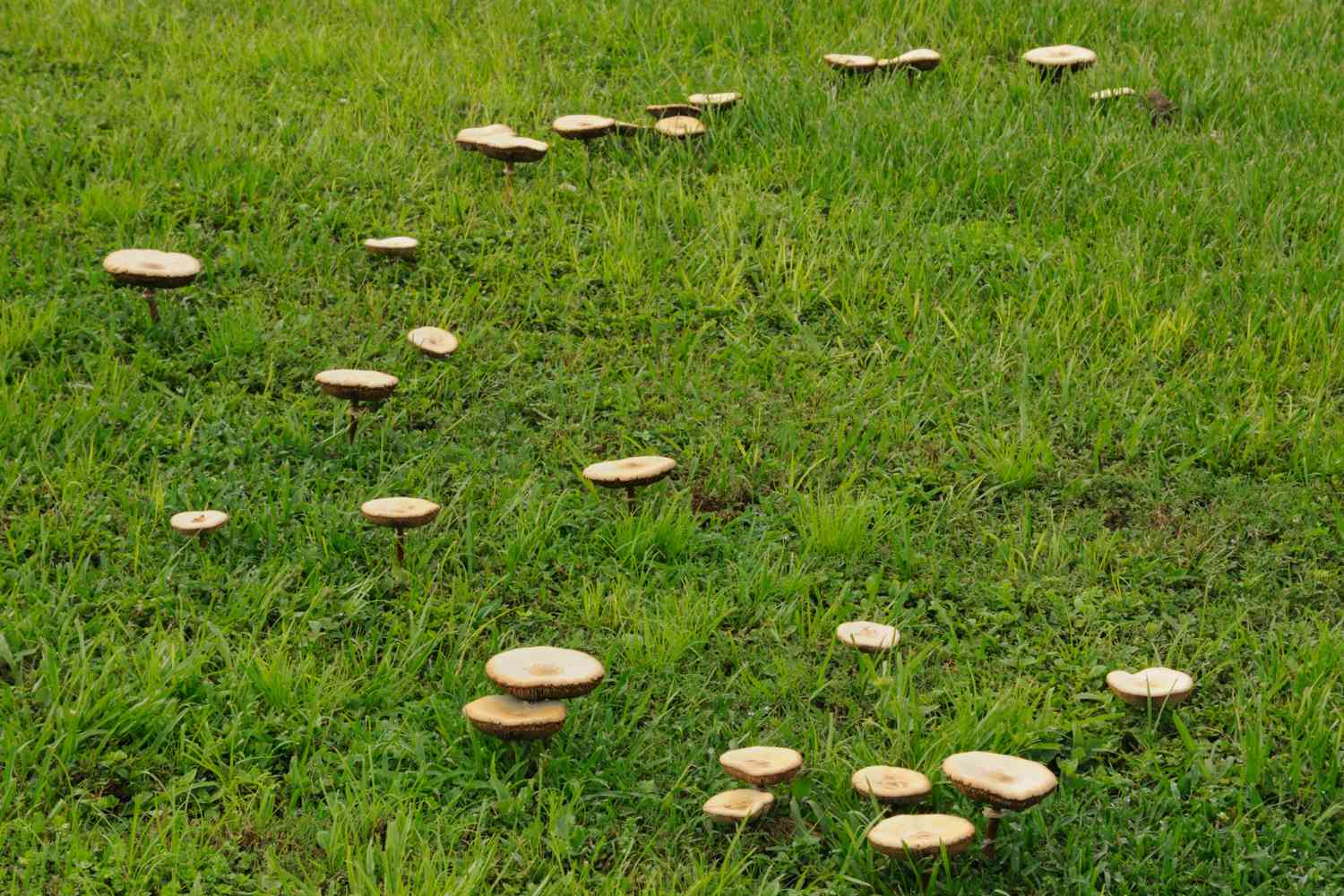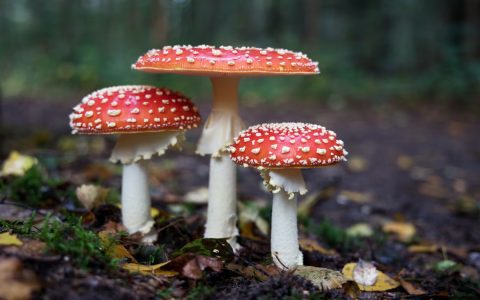Understanding Lawn Mushrooms
Mushrooms in your lawn are the visible fruiting bodies of fungi living in the soil. These fungi play a beneficial role in breaking down organic matter, such as old tree roots, buried wood, or excessive thatch. Their appearance is often temporary, typically following periods of wet weather or in shady, damp areas.
Methods for Mushroom Removal and Control
While most lawn mushrooms are harmless, you might want to remove them for aesthetic reasons or if you have concerns about pets or small children. Here are effective strategies:
Manual Removal
- Hand-Picking or Raking: This is the most direct and often sufficient method. Wear gloves if you prefer, and pull or rake mushrooms out as soon as they appear.
- Mowing: Regular mowing will often knock down mushrooms, helping to manage their appearance and can reduce spore dispersal if done before caps fully open.
- Disposal: Bag the removed mushrooms and dispose of them in the trash. This helps prevent spores from spreading to other areas of your lawn.
Addressing Underlying Causes
For long-term reduction of mushroom appearances, focus on modifying the conditions that encourage their growth:

- Improve Drainage & Reduce Moisture: Mushrooms thrive in overly moist soil.
- Aerate your lawn annually, especially in compacted areas, to improve water penetration and air circulation in the soil.
- Adjust your watering schedule. Water deeply but infrequently, allowing the soil surface to dry out between waterings. Avoid consistent overwatering.
- Reduce Organic Debris: Fungi feed on decaying organic matter.
- Dethatch your lawn if the thatch layer (the layer of dead grass and organic material between green shoots and soil) is more than half an inch thick.
- Remove old tree stumps, buried wood, excessive leaf litter, and promptly clean up pet waste.
- Speed up decomposition of organic matter by ensuring a healthy soil ecosystem.
- Increase Sunlight and Air Circulation:
- Trim overhanging tree branches and shrubs to allow more sunlight to reach the lawn surface and improve air flow, which helps dry out the soil.
- Soil Fertility: While not a direct "kill" method, maintaining balanced soil fertility can promote a healthy, dense turf that is less susceptible to various issues. A properly applied nitrogen fertilizer can help decompose organic matter faster, reducing the food source for some fungi over time.
Fungicides
Fungicides are generally not recommended or effective for controlling common lawn mushrooms. The main body of the fungus (the mycelium) lives deep and extensively within the soil. Topical fungicides rarely reach or impact this mycelial network sufficiently to prevent mushroom fruiting. Furthermore, many soil fungi are beneficial for lawn health.
Key Considerations
Focusing on physical removal of visible mushrooms and improving overall lawn health by addressing moisture levels, organic matter accumulation, and soil aeration is the most effective and environmentally sound approach to managing mushrooms. Most mushroom outbreaks are temporary and will resolve as environmental conditions become less favorable for their growth.










